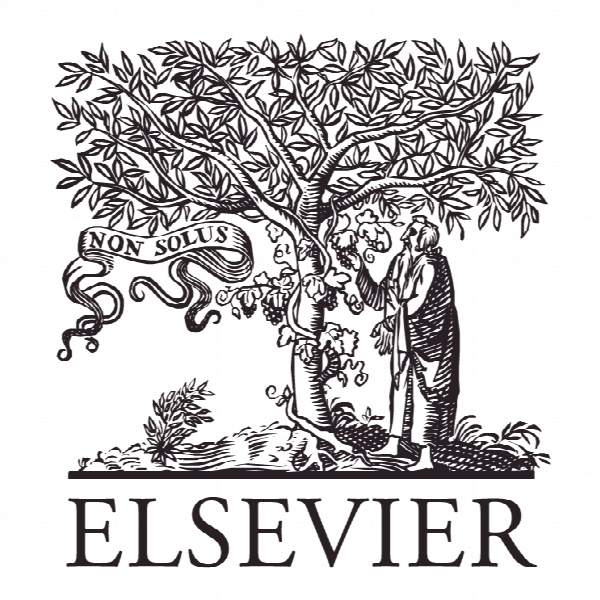یک تحلیل تجربی از سیاست ها و شیوه های مدیریت ریسک ارز شرکت ها An empirical analysis of corporate currency risk management policies and practices
- نوع فایل : کتاب
- زبان : انگلیسی
- ناشر : Elsevier
- چاپ و سال / کشور: 2018
توضیحات
رشته های مرتبط اقتصاد و مدیریت
گرایش های مرتبط مدیریت ریسک
مجله سرمایه گذاری حوضه اقیانوس آرام – Pacific-Basin Finance Journal
دانشگاه Assistant Professor of Finance – Gardner-Webb University – Boiling Springs
منتشر شده در نشریه الزویر
کلمات کلیدی انگلیسی currency risk management, derivatives, hedging, corporate risk management, financial risk management
گرایش های مرتبط مدیریت ریسک
مجله سرمایه گذاری حوضه اقیانوس آرام – Pacific-Basin Finance Journal
دانشگاه Assistant Professor of Finance – Gardner-Webb University – Boiling Springs
منتشر شده در نشریه الزویر
کلمات کلیدی انگلیسی currency risk management, derivatives, hedging, corporate risk management, financial risk management
Description
1. Introduction This study provides a detailed examination of the currency risk management practices of a sample of non-financial firms that have relatively high foreign sales. It investigates whether these companies are hedging and whether any apparent hedging is actually hedge timing, a form of selective hedging driven by movements in the currency market. We conduct a series of tests that examine their hedging with currency assets and liabilities, hedging with derivatives, and their overall or composite hedging. Our sample of global corporations publicly claim that they practice risk management to control exchange rate risks. As non-financial corporations, they specialize in providing products and nonfinancial services for which they believe they have competitive advantages. For example, a global manufacturer such as Hyundai produces automobiles that have an established reputation. Hyundai can justify the risks it takes in launching new automobiles and introducing new features to its existing line of automobiles. These actions are consistent with the exploitation of its manufacturing and marketing expertise. The theory of corporate finance has long held that firms with specialized capabilities can generate economic rents, or in corporate finance parlance, positive net present values, through their capital investment activities, but, of course, not from their financing transactions. Global corporations are exposed to currency risk that arises in the course of purchasing raw materials and selling their products in multiple countries. Currencies trade in large, highly competitive, and arguably quite efficient financial markets. In April 2016, the Bank for International Settlements estimates that the global currency spot market has average daily turnover of more than $1.6 trillion, and derivatives turnover is about $2.6 trillion. Manufacturing corporations would not be expected to possess a comparative advantage in trading currencies. It would seem to follow that manufacturing corporations should endeavor to eliminate their currency net exposure by hedging and focus their energies on their core businesses. Canonical hedging models in the literature show that firms can increase their values by hedging these types of non-competitive risks and by taking risks in their areas of expertise.


